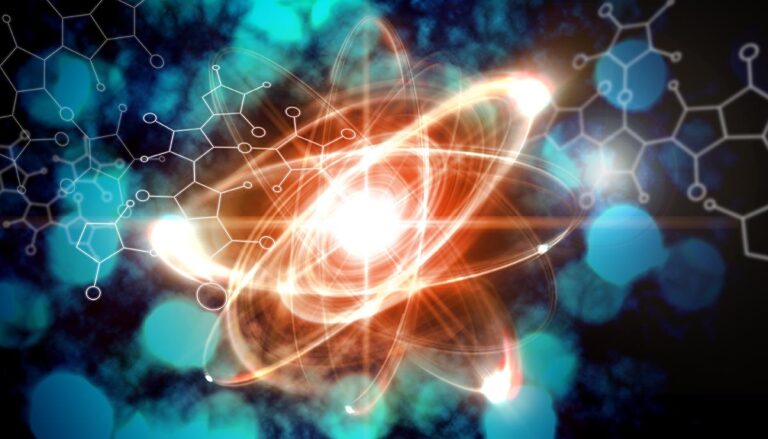A major breakthrough in the pursuit of nuclear fusion has been confirmed, with results published in three peer-reviewed papers. If this power can be harnessed, it could lead to the most efficient and least polluting source of energy possible.
Breakthrough in nuclear fusion ignition has been confirmed
On August 8, 2021, researchers at Lawrence Livermore National Laboratory’s (LLNL) National Ignition Facility (NIF) recorded the first case of ignition. Now, a year later, the results have been confirmed and published in three peer-reviewed papers.
The researchers recorded an energy yield of more than 1.3 megajoules (MJ) during only a few nanoseconds.
For comparison, one megajoule represents the kinetic energy of a one-ton mass moving at 100mph. In terms of electricity, one kilowatt-hour of electricity is 3.6 megajoules.
“The record shot was a major scientific advance in fusion research, which establishes that fusion ignition in the lab is possible at NIF,” said Omar Hurricane, chief scientist for LLNL’s inertial confinement fusion program, in a statement. “Achieving the conditions needed for ignition has been a long-standing goal for all inertial confinement fusion research and opens access to a new experimental regime where alpha-particle self-heating outstrips all the cooling mechanisms in the fusion plasma.”
What is nuclear fusion?
Technically, nuclear fusion is a reaction in which two or more atomic nuclei are combined to form one or more different atomic nuclei and subatomic particles (neutrons or protons). A simpler definition comes from the International Atomic Energy Agency (IAEA): “Nuclear fusion is the process by which two light atomic nuclei combine to form a single heavier one while releasing massive amounts of energy.”
The sun and all other stars are powered by this reaction.
What nuclear fusion “ignition” means for energy
“It is extremely exciting to have an ‘existence proof’ of ignition in the lab,” Hurricane added. “We’re operating in a regime that no researchers have accessed since the end of nuclear testing, and it’s an incredible opportunity to expand our knowledge as we continue to make progress.”
During nuclear fusion, heavy hydrogen atoms collide with enough force that they fuse together to form a helium atom, releasing large amounts of energy as a by-product, Newsweek reported.
The key step here is when hydrogen plasma “ignites.” Afterward, the fusion reaction becomes self-sustaining, with the fusions themselves producing enough power to maintain the temperature without external heating.
If nuclear fusion can be replicated at an industrial scale, in theory, it would provide virtually limitless clean, safe, and affordable energy. Essentially, it could meet the entire world’s energy demands.
Compared to nuclear power plants, which use nuclear fission, fusion would generate four times more energy per kilogram of fuel and almost 4 million times more energy than burning coal or oil.
Using nuclear fusion for energy would not require any fossil fuels. The only fuel requirement is hydrogen, and the only byproduct would be helium, which is used in industry and in short supply.





